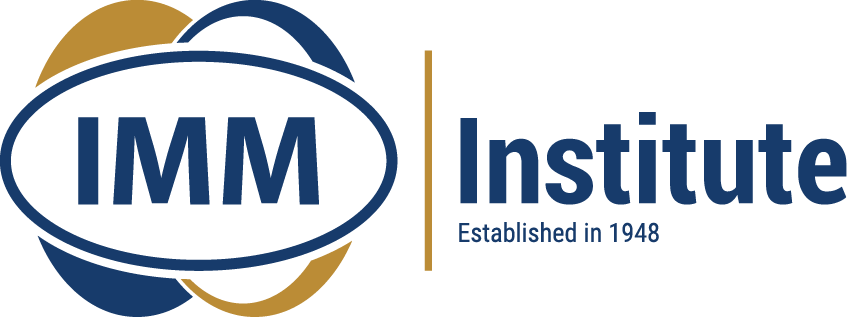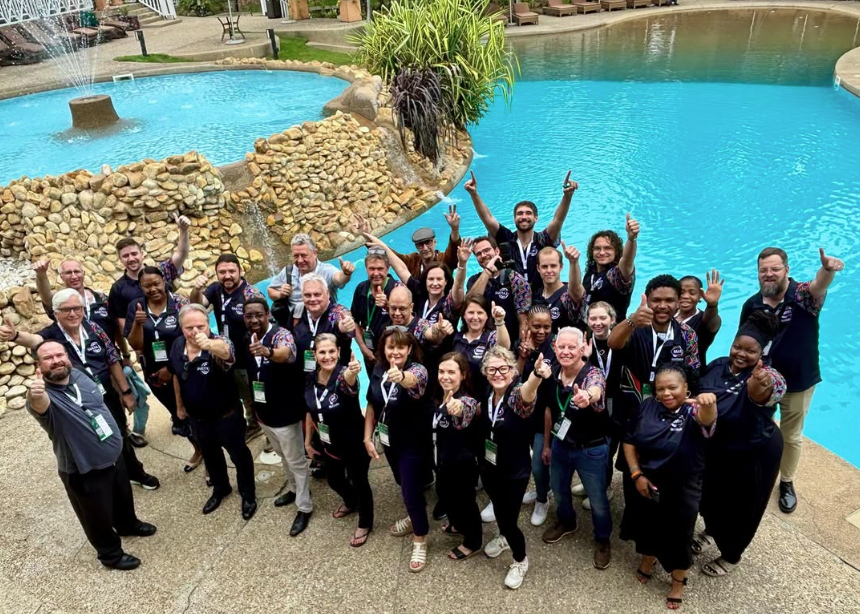Embracing a Hybrid Approach to Marketing
The Enduring Impact of Traditional Methods
Traditional marketing methods have stood the test of time for a reason—they are tangible, often personal, and can create a lasting impression. For example, a professionally designed business card given out following a solid handshake may stick in people’s minds longer than an email introduction. Pole flyers can garner rapid attention during events like local fairs or political campaigns because of their high visibility. These techniques work especially well in South Africa and other countries where internet access may not be readily available to all. Through the integration of strategies, marketers develop a multifaceted approach that connects with consumers on multiple levels. Additionally, creative and far-reaching outcomes can be achieved when these conventional components are combined with digital tactics, such as the use of QR codes on business cards that might encourage a campaign’s message to be accessed by a wider audience.

Integrating Digital Innovations with Classic Techniques
A marketing plan can be made more effective overall by combining digital advancements and traditional marketing tactics. For instance, integrating a QR code into a conventional business card allows for digital interaction to occur in addition to a handshake. Using digital platforms, traditional advertising can reach a wider audience. For example, a striking billboard design can be transformed into a social media campaign. Digital techniques that expand the conversation beyond the actual participants, such hashtags and live-tweeting, can also enhance live events.
Real-time feedback and engagement metrics are made feasible by this strategic mix, which are not achievable with traditional methods alone. In essence, digital innovations do not replace classic techniques but rather complement them, creating a holistic approach that leverages the strengths of both traditional and digital spheres to maximise marketing efficacy.

Maximising Reach with Blended Strategies
The Importance of Flexibility in Marketing
In order to adjust to the shifting tastes and behaviours of consumers, marketing must be flexible. This flexibility is made possible by a hybrid marketing strategy, which combines traditional and digital tactics. Marketers can switch between various platforms and approaches to connect with their target audience at the optimal time. For example, a campaign may begin with a strong digital push through email marketing and social media, but in places like some parts of South Africa where internet penetration is lower, it may shift to more conventional techniques like radio commercials or community events. Adapting to diverse customer touchpoints and optimising reach are made possible by the flexibility to alter tactics. This flexibility ensures that a marketing campaign remains relevant and effective, regardless of external factors such as market changes or technological advancements.
Tailoring Tactics for Diverse Demographics

A key component of a successful mixed marketing strategies is comprehending and adjusting marketing techniques to a variety of demographics. The way that different target audience segments receive and absorb information may vary. For instance, whereas older groups could react better to conventional media like newspapers or television advertisements, younger demographics might be more likely to interact with a company through digital platforms like Instagram or TikTok. It is even more crucial to tailor messaging and channels to the rich and diverse cultural landscape of South Africa. This could entail concentrating on mobile advertising in one location while employing well-known local radio stations in another. By being mindful of demographic preferences, marketers can craft messages that resonate more deeply, forge stronger connections, and ultimately drive better campaign performance across all audience segments.
Crafting the Ultimate Marketing Mix
The IMM Institute's Approach to Marketing Education
The IMM Institute positions itself at the forefront of marketing education by emphasising a comprehensive understanding of the 8P’s in the Marketing Mix Strategy course. The 8P’s of marketing are:
- Product
- Price
- Place
- Promotion
- People
- Positioning
- Processes
- Performance
Students are more prepared for the complexity of today’s marketing environments with this technique.
The curriculum explores the subtleties of placement strategies, promotional methods, and product creation to make sure students understand the value of maintaining customer interactions through the ‘People’ component and the complexities of price setting. The IMM Institute also recognises the importance of partnerships in today’s networked corporate world, the relevance of physical evidence in service delivery, and the significance of process efficiency. Future marketers are given the tools necessary to create dynamic marketing strategies by completing short courses offered by the IMM Institute, which integrates academic knowledge with real-world applications. This training shapes people into creative leaders who can handle the difficulties of both traditional and digital marketing equally well.

















